Calen asks about planting on mounds in fast-draining soil:
“I’m a native Cracker from [coastal Florida]. I’ve been homesteading on ancestral farmland with a survivalist and traditionalist mindset for three years now. All heirloom and organic, etc. I own all of your books, and they, along with your blog and videos have been the most helpful gardening advice that I’ve ever found anywhere. Last year I grew tons of Seminole pumpkins with great success using your ‘melon pits’. I passed that along to many friends who did likewise. I also plant the pumpkins in many ‘guerrilla gardens’ in the swamp and backwoods on public land, and that’s worked out great as well. I never revisit them until harvest time, and they normally do better than my tended ones. Anyways, this year I want to give the three sisters a try. My plan is to use Jimmy Red corn, Cherokee black pole beans and Seminole pumpkins. Pretty much everything I read says to plant on mounds. However, my place is high, dry, east-bank-of-Lake George sugar sand. Is mounding the way I should go? We didn’t even have standing water during the past two hurricanes. My thought was to maybe do these in slight pits like the melons and pumpkins but wanted to see if you had any advice on the subject? Thanks for your time.”
Fantastic. It’s good to hear from a fellow Floridian.
Mounds are what you always hear about. It’s even on the back of the seed packets. Calen is right to question the practice in his soil conditions.
For people who haven’t planted in Florida sugar sand, it’s hard to explain how very hot, dry, and fast-draining the stuff is. It contains almost no humus and needier crops planted in sugar sand need almost constant watering.
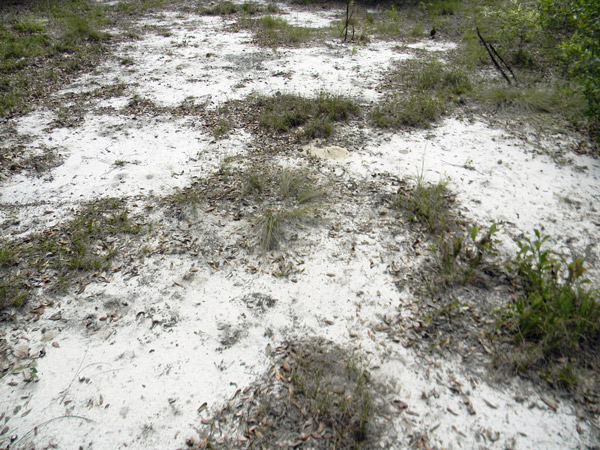
My old homestead in North Florida had large patches of almost sandy loam with smaller grains which would hold water for longer. There, I would double-dig and loosen the ground to plant, which would mound it up somewhat.
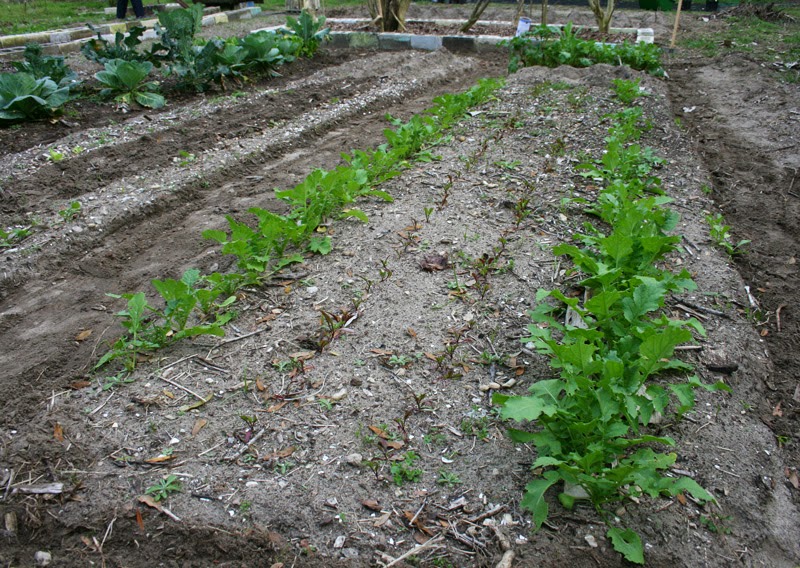
Those loose raised beds did very well, so it would be easy to say “oh yes, Calen, go ahead and plant in mounds – it works in Florida!”
But sugar sand isn’t the same as the soil above. Just because something works in one area of a state doesn’t mean it will work in another. And in his area, I would try to stay as flat as possible.
When you raise the height of the soil in one area, the water will drain out of it faster as it finds its level. You really can’t afford to let that happen. If he’s not holding onto water even after a hurricane, raised beds and mounds, unless amended with extra compost before every planting, are not the way to go.
You might want to go the other way completely and grow in sunken beds, as is sometimes done in the Southwestern US.
Even in my old yard, the back yard was loamy and the front yard was sandier.
This is how I used to plant melons and pumpkins in my fast-draining front yard:
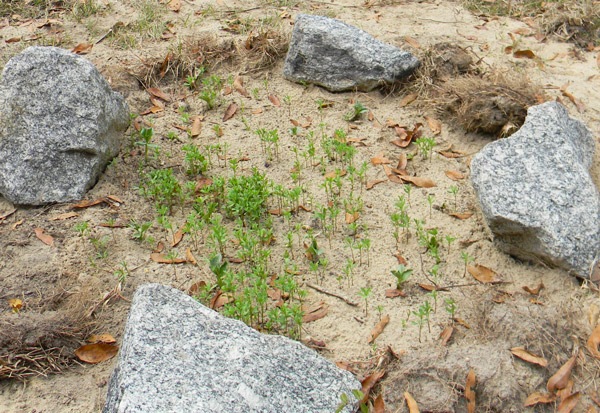
Those are sprouting legumes, by the way. In the winter I would plant melon pits with cool-season legumes like lentils, chickpeas, peas and fava beans to feed the soil and pave the way for the curcurbits I planted in the spring.
I would try planting in sunken beds, Calen, and see how it works. If you really want to see if if makes a difference, plant one area flat, one area in sunken beds, and one area on mounds, then compare how they did over the season. That would be a really good way to gain a bunch of data from one growing season.
I planted corn in flat ground when I had a sandy area:
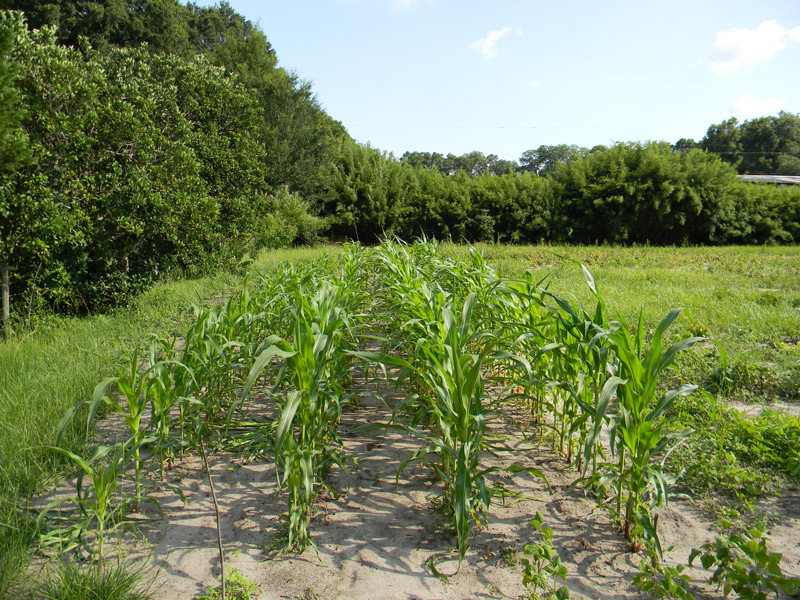
And on mounds in clay:
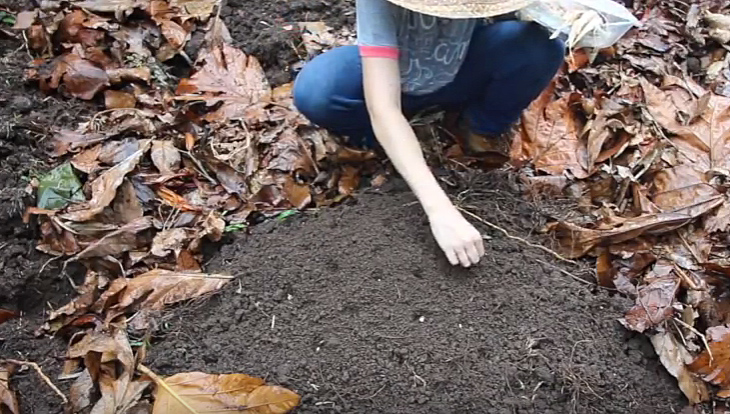
You’re right to think outside the mound. Thanks for writing and for the kind words – press on!
You get serious extra points for guerilla gardening Seminole pumpkins. The melon pit method is one of my favorite discoveries.
If you’re reading this and don’t know what Calen is talking about, here’s how to make a melon pit:
In sand, dig deeper and go for an indentation instead of a mound.
Finally, Calen: I’d love to see pictures of what you end up settling on. Happy gardening.


4 comments
Thank you so much for the response, David! I’m going to take your advice and plant them all three ways. I’ll be sure to take plenty of notes and pics. Here’s to hoping we don’t take a hurricane hit before harvest. Lol Take care!
Thank you, Calen.
I don’t know if you’ll get a notification of my comment or not, Calen, but I am really curious to know the results of your experiment if you were able to carry it out.
Yes, David. I was thinking pits might be a good choice for Calen. Southwest Native Americans grow in waffle gardens. You’ll find lots of info and pics online. They are efficient and productive, having stood the test of time. I can’t use them in my heavy clay, sadly.
Comments are closed.